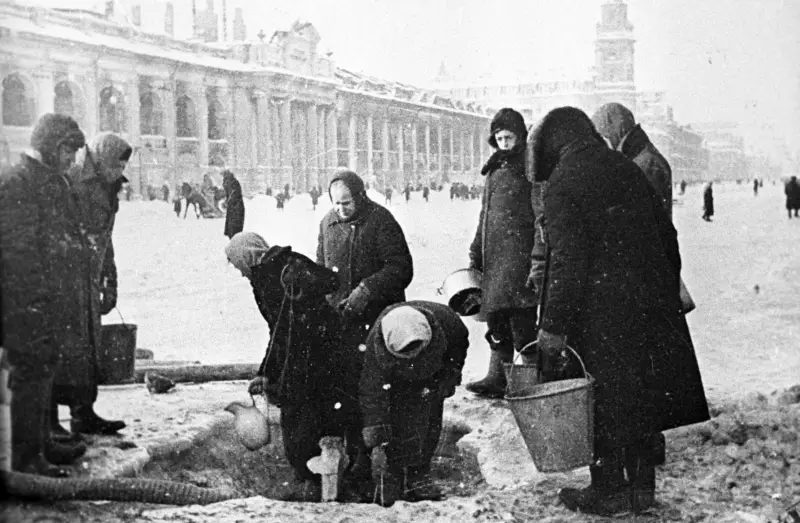The historian explained why famine broke out in besieged Leningrad when there was communication across Lake Ladoga

The blockade of Leningrad by fascist invaders during the Great Patriotic War, which lasted from September 8, 1941 to January 27, 1944, claimed, according to some sources, more than 800 thousand civilian lives. At the same time, more than 600 thousand died as a result of the terrible famine that broke out in the city.
Let us recall that on October 20, 2022, the St. Petersburg City Court recognized the blockade of Leningrad by the troops of Nazi Germany and their accomplices in 1941-1944 as genocide.
At the same time, according to the historian Yegor Yakovlev, in some circles in recent years a concept has emerged that there was no complete blockade, since the possibility of supply through Lake Ladoga remained. Meanwhile, despite the fact that about 60 km of the coast of the above-mentioned reservoir was indeed under the control of the Red Army, the expert calls this concept false and unfair.
Firstly, as he put it, Lake Ladoga is a body of water with a restless disposition. In the autumn, navigation here is very difficult due to storms.
At the same time, we should not forget that this path was within reach of the artillery of the Germans and their Finnish allies.
Secondly, Wehrmacht troops cut off logistics, depriving the Soviet leadership of the opportunity to organize supplies to the besieged city through the only remaining channel. The expert explained that food was supplied by rail from Vologda, Cherepovets, through Tikhvin to the Volkhovstroy railway station. There, cargo was reloaded onto barges that went to the city of Novaya Ladoga. So, in November 1941, the Germans captured Tikhvin.
As a result, the city was supplied only by air bridge, which was absolutely not enough to prevent that terrible famine that claimed the lives of hundreds of thousands of people in besieged Leningrad.
Moreover, it is worth adding that the winter of 1941-1942 was especially harsh, which also caused the death of many residents of besieged Leningrad.
Information